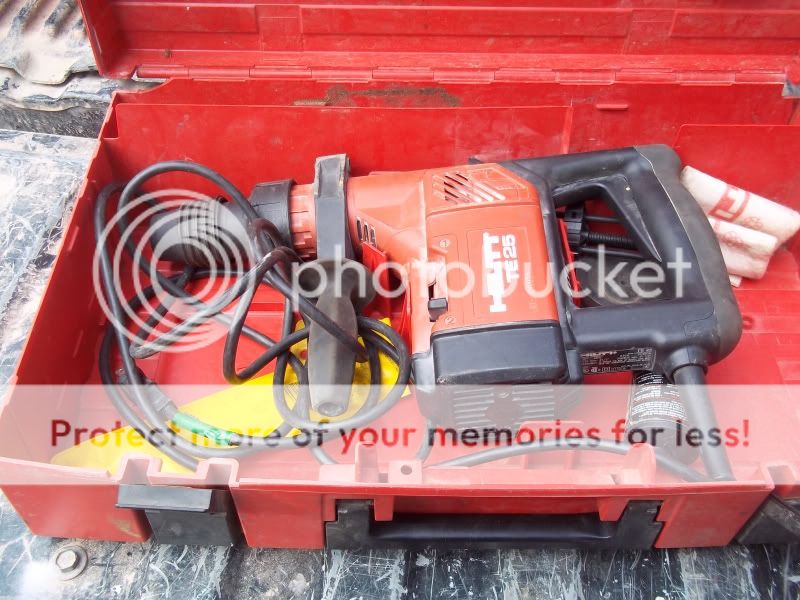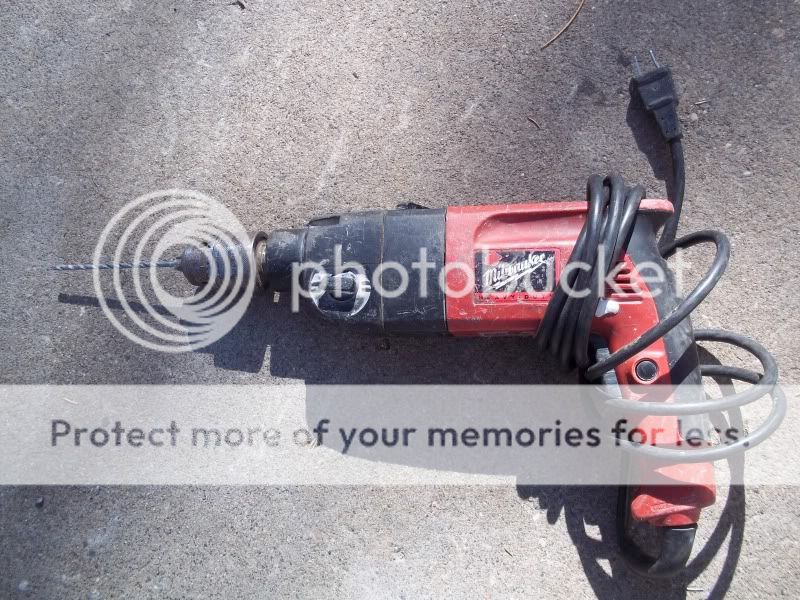Zachary Hoyt
Well-known Member
I am planing to build a small sugar house to contain our 2x4 evaporator and I am hoping to build it on an existing 8.5'x12.5' concrete slab that I was told used to be an apple packing sheed back when the area was an orchard. The slab has some anchor bolts but they are very rusty and have been mashed over flat to the concrete. I am wondering if there is a way to anchor the bottom of the walls to the slab or if I should just trust in gravity. The slab is six inches or so above the dirt, and the dirt slopes away all around it, so I can run the siding boards down over the slab an inch or two to keep out the wind. Any advice will be much appreciated.
Zach
Zach




